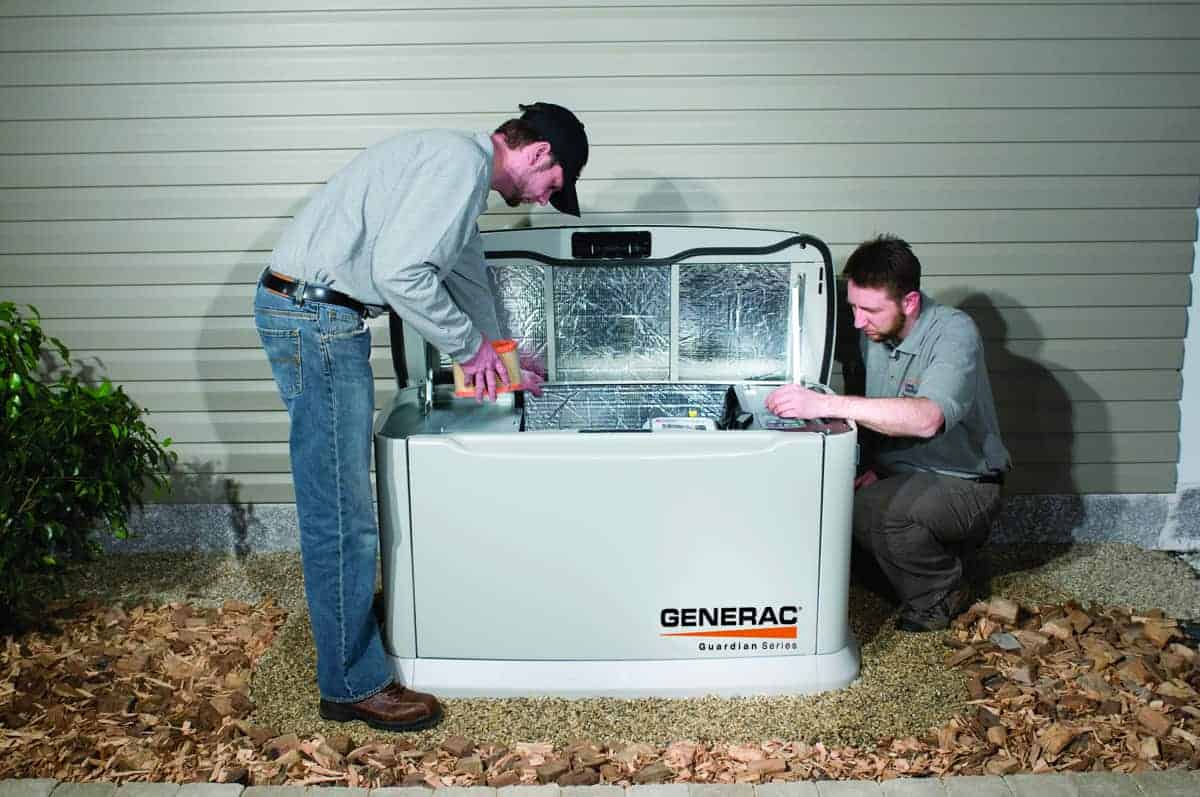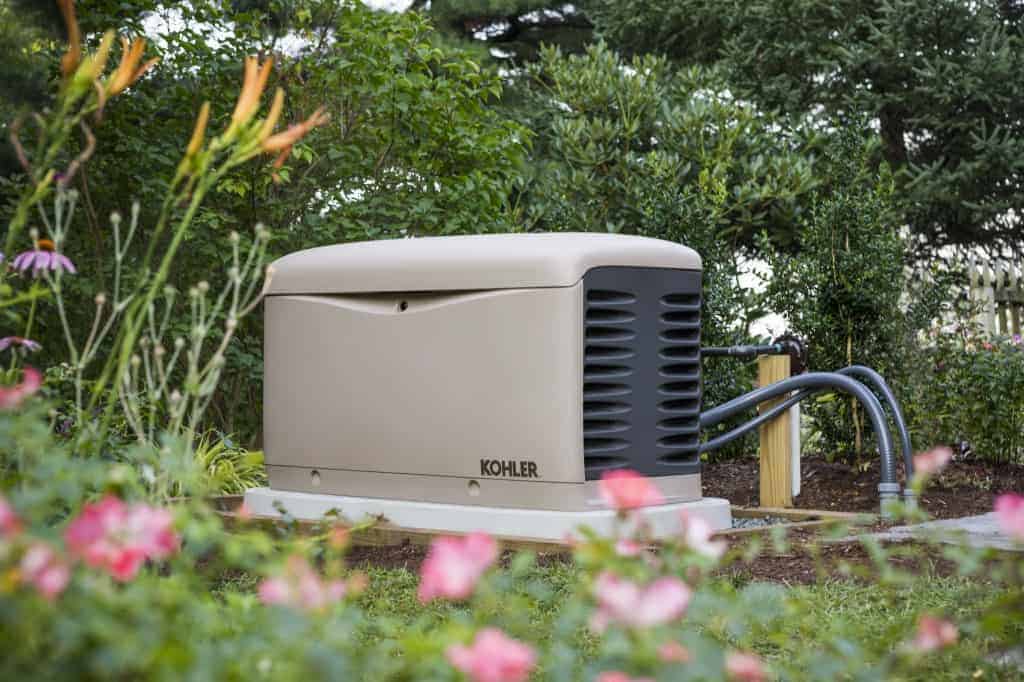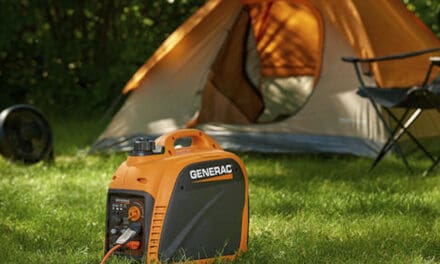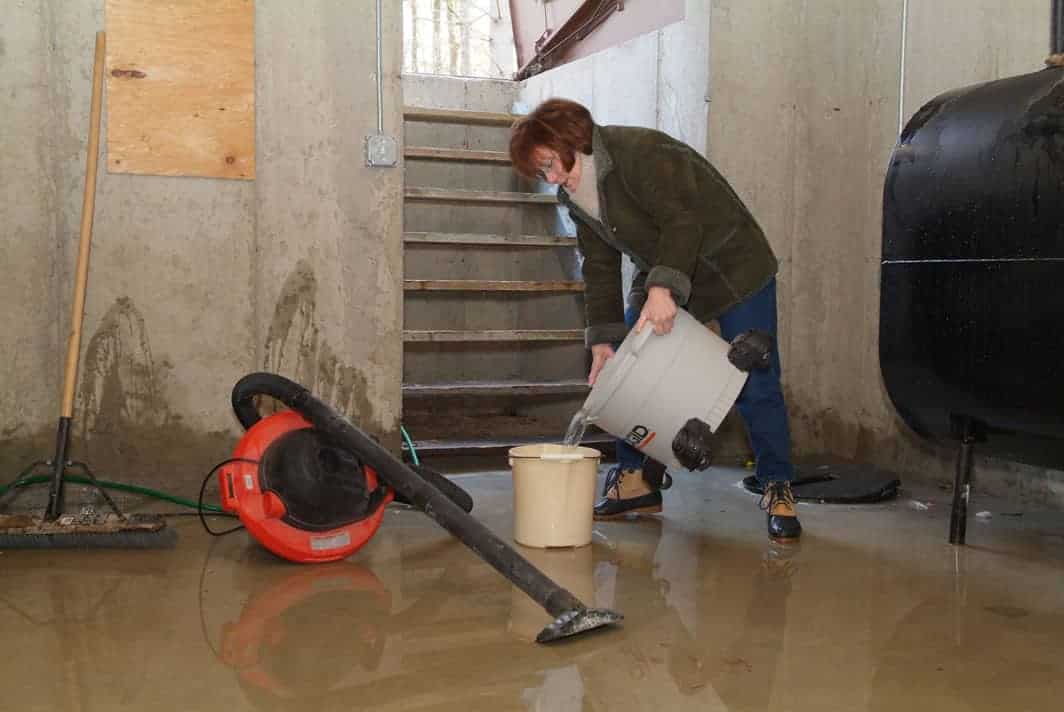Have you ever called a dealer or manufacturer of just about anything for a maintenance or repair part? Chances are, the salesperson wanted to know the name of the product, the model number, the serial number and possibly even when and where you bought the item. If you’re not prepared, the process of getting parts becomes frustrating. After all, once an appliance or piece of equipment is installed or in use, retrieving those numbers or remembering where you put the documentation isn’t always easy.
What’s in a Number
Model numbers carry quite a bit of importance and can considerably narrow a parts search. Manufacturers rely on model numbers to identify the parts that were used to build a particular line of product. A model number can also tell the salesperson more information than you might imagine, including a range of dates when the unit may have been manufactured and any problems that occurred with that specific model.
Serial numbers are unique to each unit sold. And they may contain other information besides the units number when it came off the assembly line. By identifying the unit’s number, the computer can often identify the specific parts that were used to build the unit.
Complex items like generators may contain assemblies from other manufacturers, which carry their own model and serial numbers.
Warranty Coverage
If you’ve ever wondered whether or not a repair was covered by the manufacturer warranty, the model and serial number can clear it up in a hurry. The Generac Model 6248 17 kW standby generator was first sold in 2013 and carries a five-year limited consumer warranty. When you call in 2014 with the model number, the salesperson can probably assure you almost immediately—barring limitations—that the unit is covered under the warranty.
As the unit ages however, it becomes even more important to have the model and serial number, along with the date of purchase and date it was put into service.
Modern Parts Search
The days when dealers had to search through microfilm or huge catalogs filled with fine print are gone. Part searches are done through the manufacturers parts database, which is probably linked directly to the manufacturing database, which was assembled from the manufacturers inventory while they were building the models.
Although much faster than searching through thick catalogs or microfilm, searching becomes more specific. Computers are good at looking up a specific model and serial number, but not always perfect when it comes to matching a number that is only close. Having the exact model and serial number eliminates errors and prevents the dreaded search message, “Item Not Found”.
Manufacturers may also change the parts used on the assembly line for various reasons. They might replace a troublesome part with a better one, improve the model’s functionality, or even substitute a part because a supplier went out of business. Two portable generators manufactured several years apart may use a very different parts lists. A complete model number and serial number will define which parts list was used to assemble a particular machine.
Organizing Information
Using computers to keep track of everything helps manufacturing companies build better, more complex machines while keeping the units final cost to the buyer as low and as competitive as possible. The same systems that make these things possible also require accurate information when asked to supply a specific part for a piece of equipment.
Keep appliance documentation in a place you’ll remember and write down the serial and model numbers before you put the documentation away. It is also a good idea to write the purchase date, serial and model numbers, and dealer phone number on a card to keep with your equipment for easy access, such as a note taped to the inside cover.
















